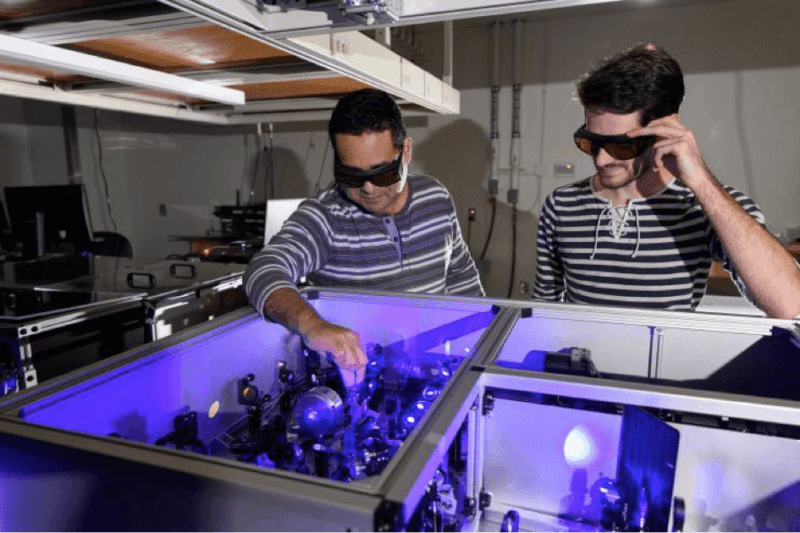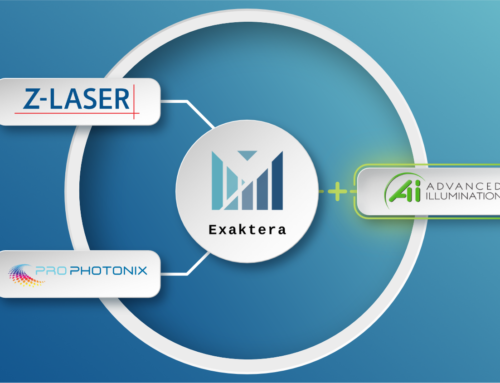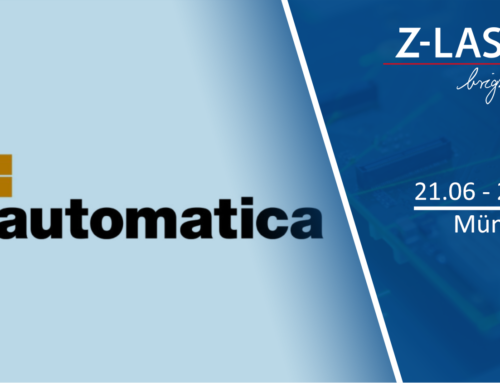Thu, 01/17/2019 – 3:00pm by Ben Brumfield, Georgia Tech
LED lights and monitors, and quality solar panels were born of a revolution in semiconductors that efficiently convert energy to light or vice versa. Now, next-generation semiconducting materials are on the horizon, and in a new study, researchers have uncovered eccentric physics behind their potential to transform lighting technology and photovoltaics yet again.
These same properties are impractical to achieve in established semiconductors.
The particles moving through these new materials also engage the material itself in the quantum action, akin to dancers enticing the floor to dance with them. The researchers were able to measure patterns in the material caused by the dancing and relate them to the emerging material’s quantum properties and to energy introduced into the material.
These insights could help engineers work productively with the new class of semiconductors.
The emerging material’s ability to house diverse, eccentric quantum particle movements, analogous to the dancers, is directly related to its unusual flexibility on a molecular level, analogous to the dancefloor that joins in the dances. By contrast, established semiconductors have rigid, straight-laced molecular structures that leave the dancing to quantum particles.
The class of hybrid semiconductors the researchers examined is called halide organic-inorganic perovskite (HOIP), which will be explained in more detail at bottom along with the “hybrid” semiconductor designation, which combines a crystal lattice—common in semiconductors—with a layer of innovatively flexing material.
Beyond their promise of unique radiance and energy-efficiency, HOIPs are easy to produce and apply.
Read more here: https://www.rdmag.com/news/2019/01/visible-laser-study-semiconductor-properties





